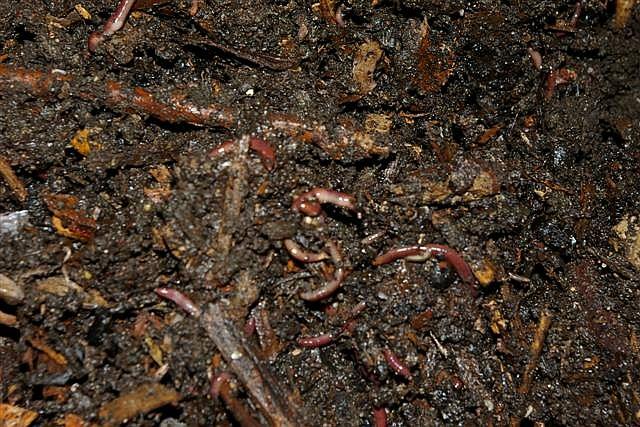« Read other entries… »

Red WormsToday we were at the 40th anniversary marriage celebration of friends from our Madison days. Talking with some other old friends the discussion of composting with red worms came up. One of the woman mentioned how she had heard on National Public Radio, NPR, that red worms are an ‘invasive’ species, not indigenous to our country and could be harmful to the environment. I have heard this bad rap on red worms before but have found nothing except good things about the use of red worms.
So tonight I decided to spend a little time to check out this bad rap about red worms. I found a lot of information on the web about the matter. Probably the most clear summary article on this subject was on the Sustainable Gardening web site called Mysteries of Invasive Worms Revealed. This article, quoting other studies like the Minnesota Department of Natural Resources study, said that non-native red worms could be harmful to hard-wood forests as found in Minnesota since they eat the rich organic material of the soil in those forests. However, this kind of red worms cannot survive in weather under 40 degrees and only are found in compost piles in these regions, not in forest. This article also states that red worms are ideal for composting since “they eat, excrete and breed quickly.”
Now the story is not so simple and clear with some of the other thousands of species of worms. You can find more information and links on the benefits and dangers of worms to the environment on this web page or at wormpost and even a scientific study book on this subject on Google at this link.
I know this is Too Much Information (TMI) for most people on red worms we use in composting and I have not even touched on the positive impact of red worms in growing power, described elsewhere many times on this posting of the Diary of the Worm so I will stop.
In short yes, non-native red worms are invasive; yes they are not natural to areas that are cold; but they are not harmful. In fact the opposite is true: red worms are excellent workers to make healthy castings or black gold that enrich the soil and allow more to grow in a smaller space. Defending red worms is easy.
Comments
J. Bennett — 11 October 2009, 09:28
Great post. I learned a lot about my red wrigglers. I just added all of the compost and some of the worms, ( I cant figure out how to seperate ALL of them) to my raised boxes. I had been using the compost during the summer to make compost tea, which worked wonders. I wanted to start a batch rome scratch for the move indoors so I kept some of the worms and compost. I had some problems last winter with kitchen scraps getting moldy in the bin, ( I use a balck plastic bin) any suggestions on how to control that?
(:commentboxchrono:)